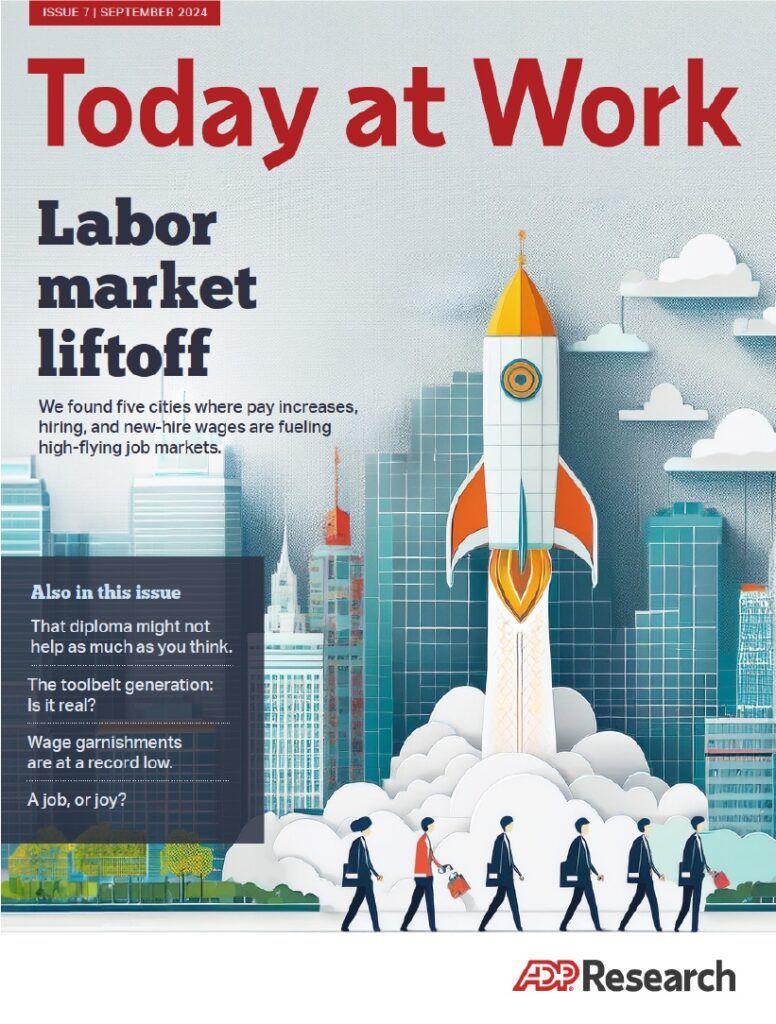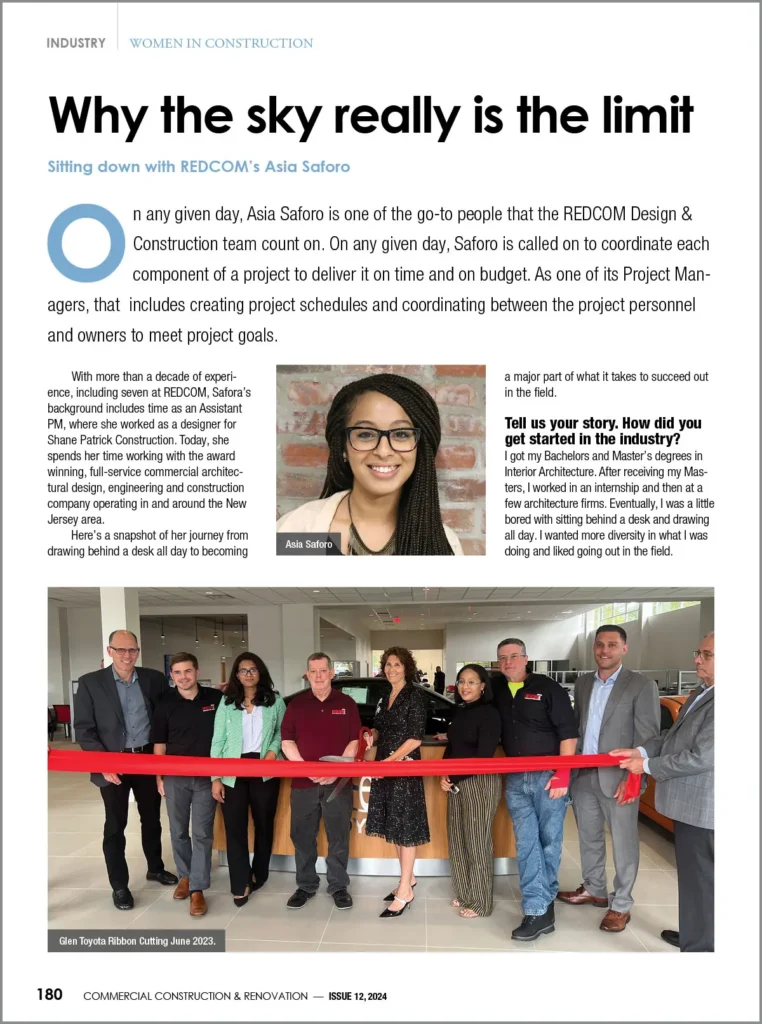According to ADP’s “Today at Work” report, between 2019 and spring 2024, enrollment of bachelor’s degree students fell by 3.6% and associate’s degree enrollment fell by 15.9%. Vocational enrollment rose by 4.6% during the same time period. Between January 2019 and May 2024, the blue-collar share of employment rose faster for workers in their early 20s than for workers aged 25 to 39.
However, since 2022, the blue-collar share for those younger workers has been relatively flat.
Even though the trend has plateaued, it is interesting to see how construction companies are looking to recruit this group of workers with competitive wages, job security and potential for growth as they feel they are a good fit for the industry and a much-needed skilled workforce that can help meet the industry’s labor demands.
Construction careers abound
Pay gains for U.S. workers have been slowing steadily since the second half of 2022 as the economy works its way to a post-pandemic normal. But pay and hiring dynamics at the metro level can look quite different from the national data tracked by ADP’s Pay Insights report.
For Main Street businesses, job-hunters, and others, localized data is valuable, so we dug deeper into our payroll data to rank U.S. employment hubs by pay growth, starting wages for new hires and the hiring rate.
Focusing on 55 U.S. metros with populations of at least 1 million, we observed total gross pay for individual workers, including overtime, tips, bonuses, and commissions, in addition to salary and hourly wages.
ADP calculated the year-over-year change in annual pay for each individual, yielding a sample of some 15 million workers in June 2024. But tracking pay isn’t enough. To stay competitive in the labor market, employers also need to keep up to date with wage-setting strategies for new hires.
Inside the Research
Dr. Nela Richardson Chief economist and ESG officer, and Head of the ADP Research Institute, says that it has become clear that hiring by U.S. employers has slowed over the last year. But a close inspection of the numbers reveals interesting trends by location, worker demographics, and job type, information that can’t be seen by looking at single, topline economic data points. In this issue of Today at Work, we highlight the dynamic complexity of the U.S. labor market, something that can’t be captured in a single data point.
For example: At a time when the overall labor market is softening, Liv Wang found five metro areas where hiring and pay are strong. After reading Liv’s cover story, you can dive into hiring and pay trend data for 55 large metros on our website. Also in this issue, we turn the spotlight on young adults and their preference (or lack thereof) for blue-collar work.
In the report, Ben Hanowell and Sam Adieze dig deep into the so-called toolbelt generation to come away with some interesting findings and one big caveat: Given how jobs are evolving, it might be time to abandon the blue-collar and white-collar labels altogether.
Sticking with young workers, Hanowell analyzes the job market for recent college graduates, who have been more vulnerable than other workers to the recent hiring slowdown. While there’s been a lot of discussion about wages since the pandemic, there’s been little analysis.

































